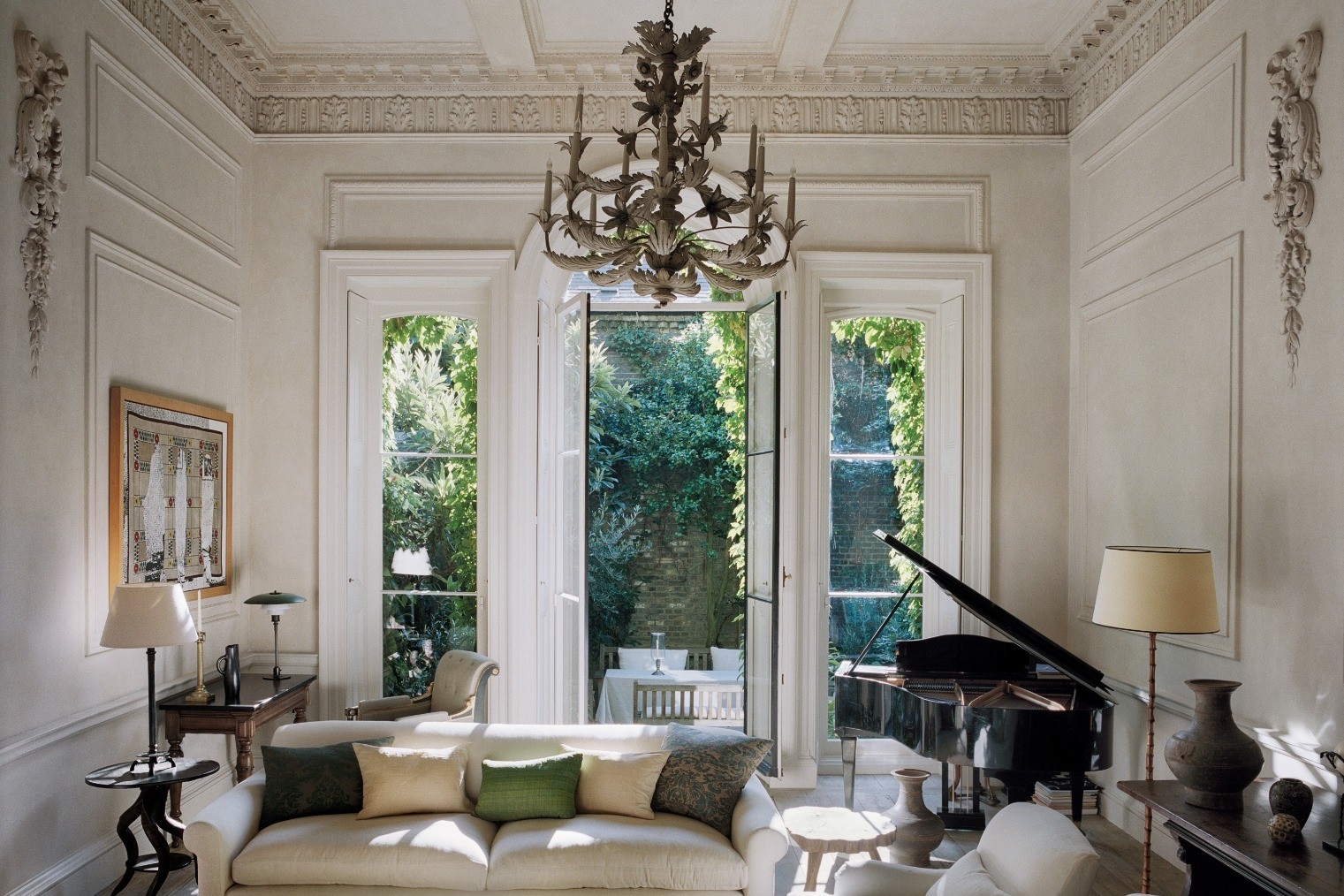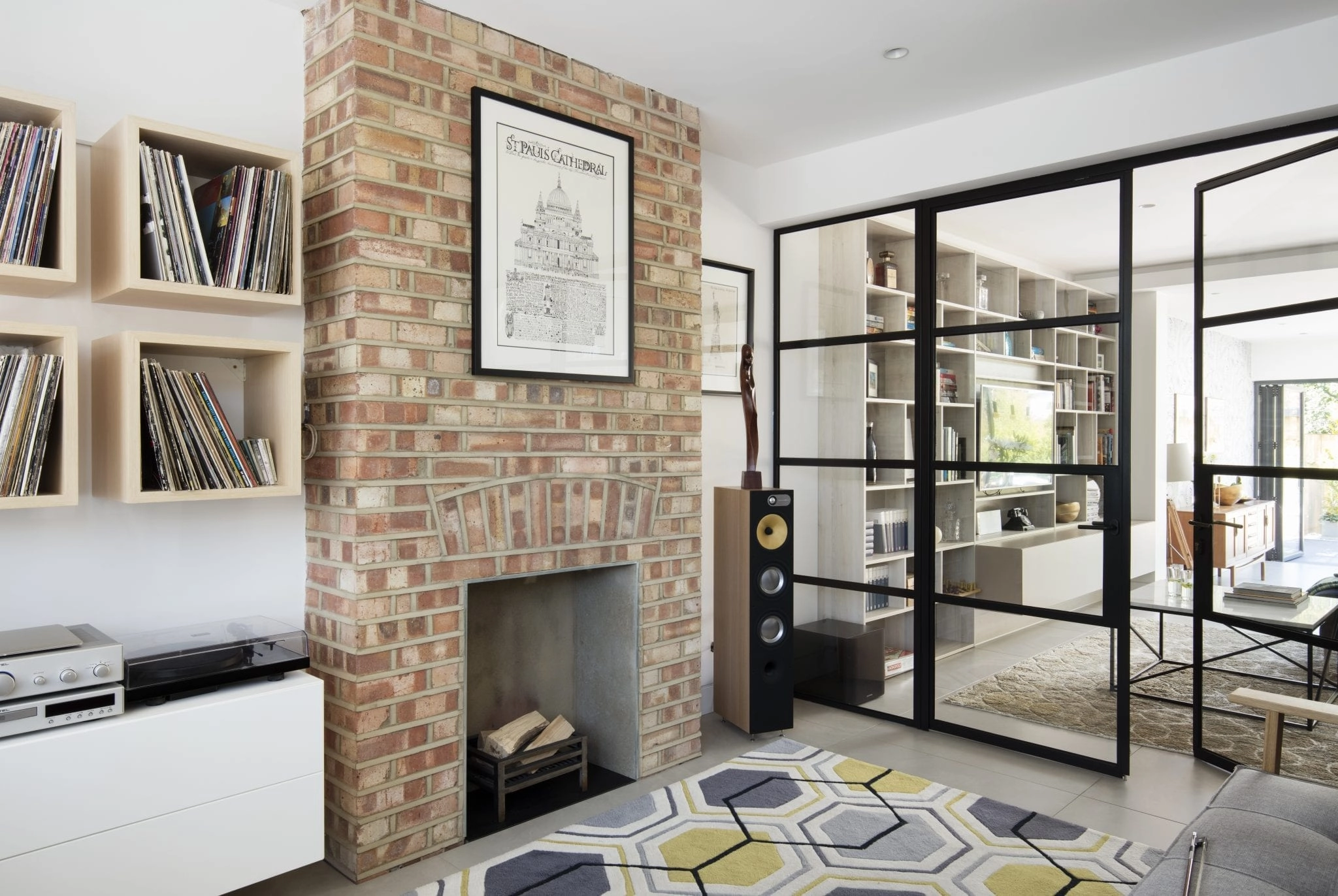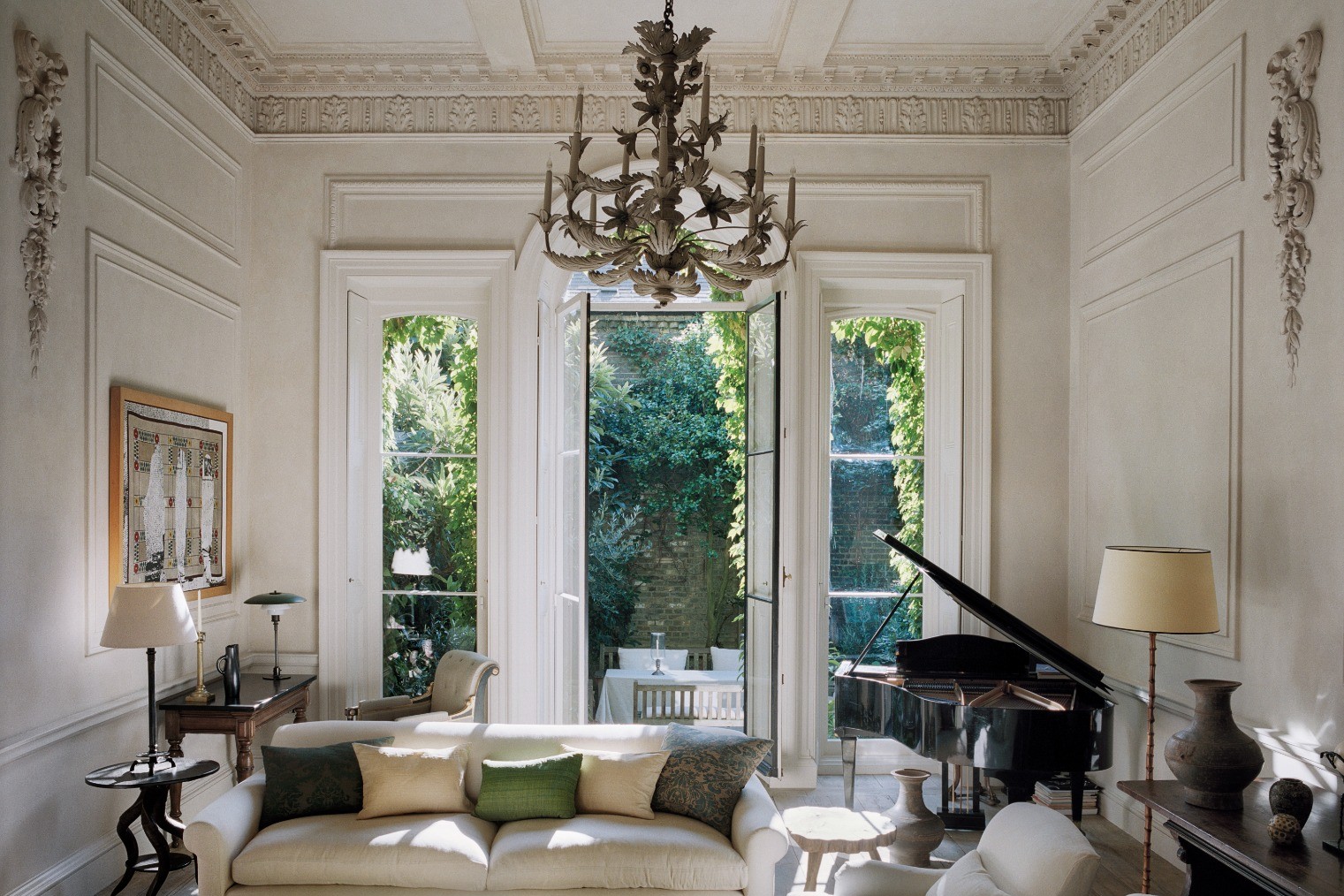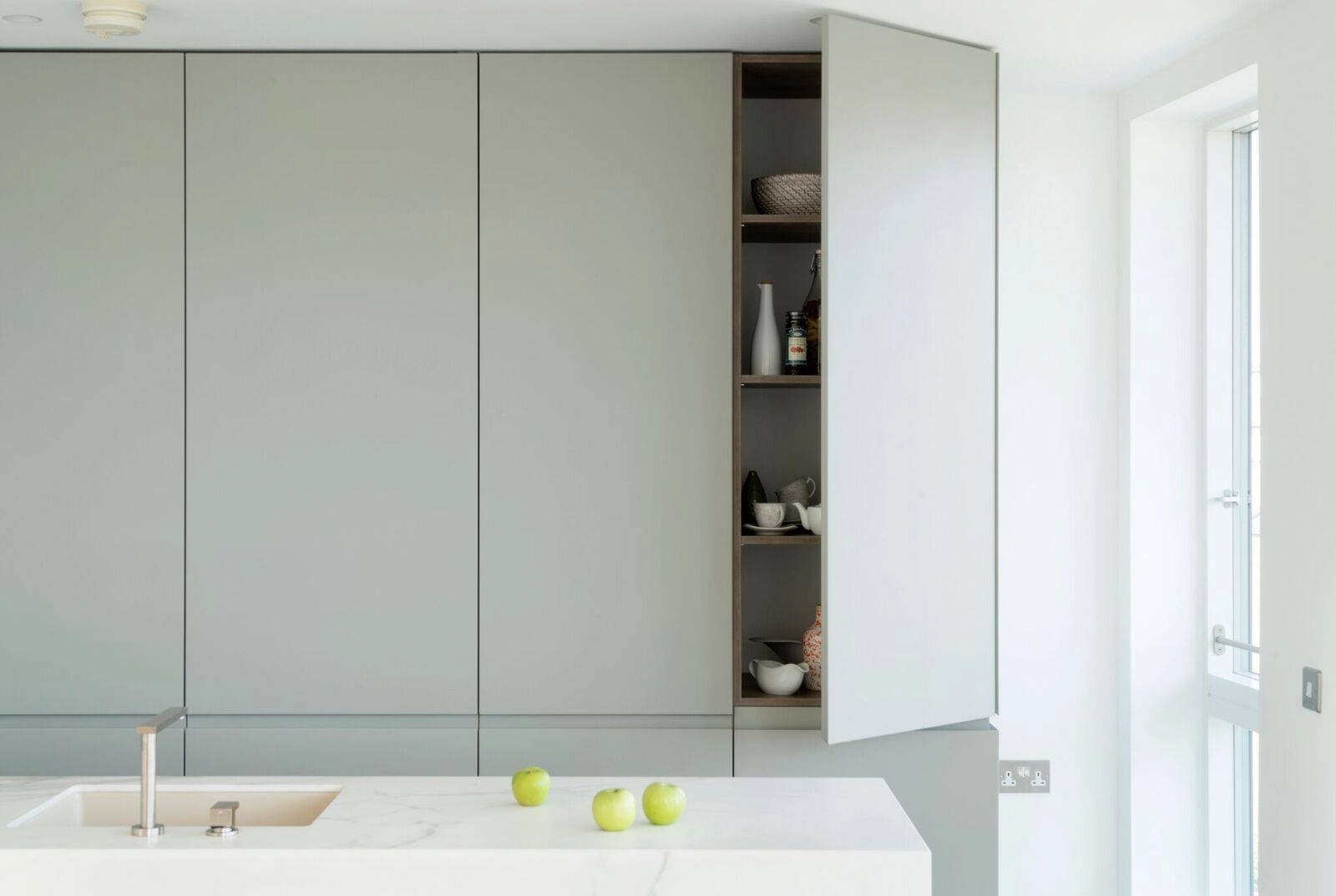Renovating a heritage home is a privilege. But it’s also a puzzle. Every cornice, floorboard, and faded tile tells a story, and every change must respect it. At Amberth, we believe in honouring the past while creating spaces that work beautifully for the present.
If you’re considering a renovation in a listed or conservation-area home, here’s what you need to know.
Understanding Heritage Restrictions
Before any design decisions are made, it’s essential to understand the legal and structural boundaries of your home. Heritage homes in the UK are often listed (Grade I, II*, or II) or located in conservation areas, meaning there are restrictions on what can be altered.
Why it matters:
- You may need Listed Building Consent before making changes, even internal ones.
- Planning departments prioritise preservation over modern convenience.
- Specific materials or techniques may be required to match the original fabric.
Tip: Engage with a conservation officer early. Their insights can save time and guide your project in the right direction.
 Rome Apartment, by Nina Campbell
Rome Apartment, by Nina Campbell
Working with the Bones of the Building
The quirks of an old home are often its charm: uneven walls, steep staircases, or eccentric layouts. But these features require careful handling.
Solutions we recommend:
- Use bespoke cabinetry to adapt to sloping ceilings and wonky corners.
- Choose flexible lighting schemes that work around ceiling roses and low beams.
- Retain original mouldings or floorboards where possible, enhancing them rather than replacing them.
Introducing Modern Comforts Thoughtfully
Modern living often requires updates, from underfloor heating to integrated storage. In heritage properties, these additions must be discreet and respectful.
What works well:
- Underfloor heating preserves the visual integrity of period floors.
- Hidden storage and integrated appliances maintain clean lines.
- Natural materials (stone, timber, lime plaster) complement the original palette.
Planning for the Unexpected
Renovating a heritage home comes with surprises. Outdated wiring. Concealed structural damage. Unforeseen planning conditions.
How you can mitigate risk:
- Conduct thorough site surveys before design begins.
- Build in contingency time and budget.
- Stay adaptable. Liaise closely with architects, planners, and conservation experts throughout.
Designing in Dialogue with History
Don’t erase the past. Work with it.
Whether it’s echoing an Edwardian motif in modern tiling or aligning new cabinetry with original skirting lines, your goal is continuity. Not imitation, but conversation.
Because when a design respects its setting, it resonates more deeply.
Final Thought: Let Your Home Evolve Gracefully
A successful heritage renovation doesn’t just restore what was. It shapes what can be. With sensitivity, creativity, and expertise, your home can evolve, remaining grounded in its story, while supporting how you live today.
If you’re ready to reimagine your heritage space, book a consultation with our design team. We’ll help you balance legacy and lifestyle with care.
.
.
.
.
FAQs: Renovating Heritage Homes
Do I need permission to renovate a listed building?
Yes. Any significant work on a listed building requires Listed Building Consent, in addition to planning permission in many cases.
Can you add modern features to a period property?
Yes, but they need to be carefully integrated. Concealed wiring, underfloor heating, and discreet storage are all smart options.
What materials should I use in a heritage renovation?
Natural, breathable materials like timber, lime plaster, and stone tend to perform best and respect the building’s fabric.
How long do these projects usually take?
It varies depending on permissions and scope, but heritage projects generally require more time for approvals and sensitive installation.
How do I get started?
Book a consultation. We’ll assess your space, talk through your goals, and outline a design strategy that aligns with heritage standards.



